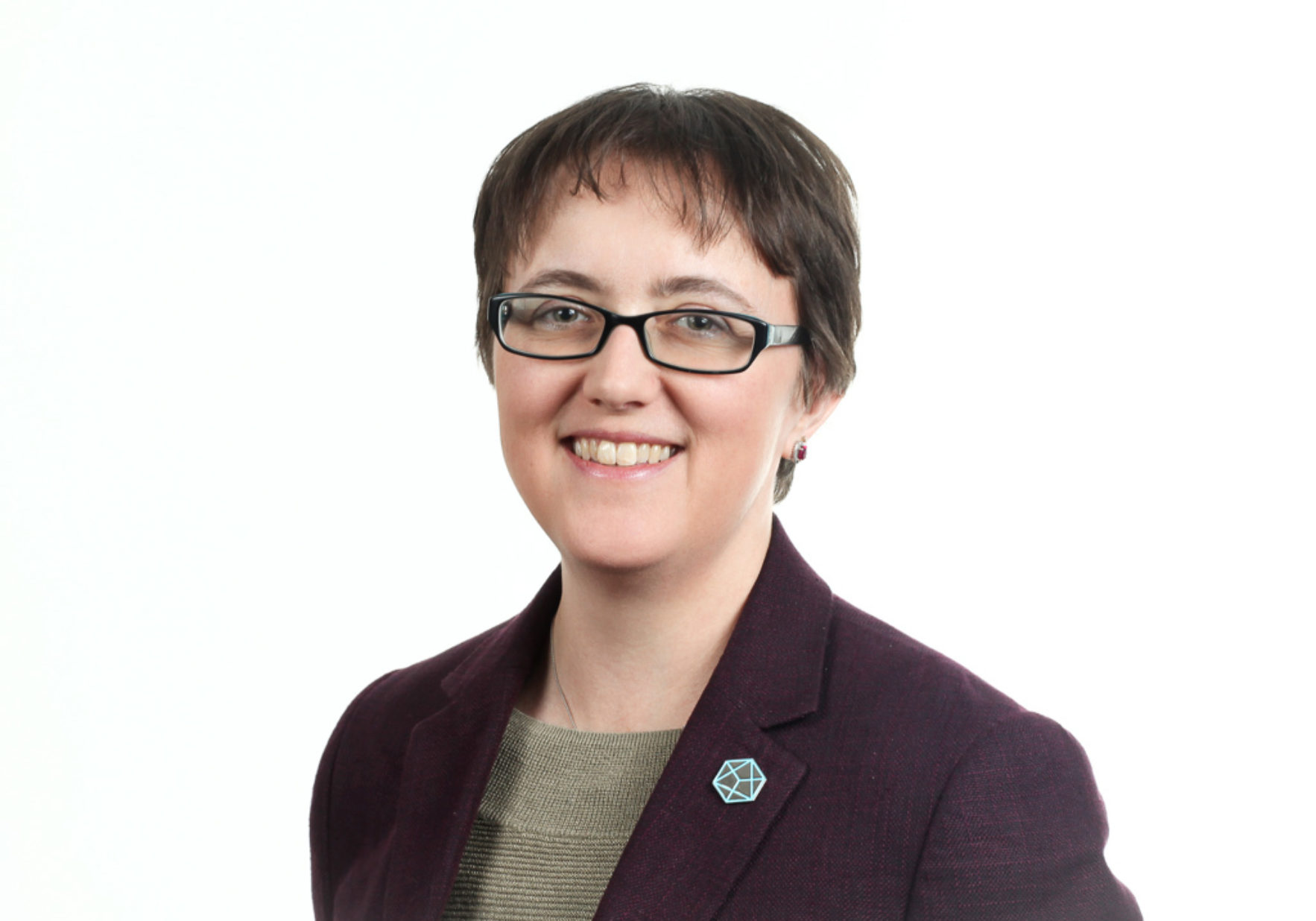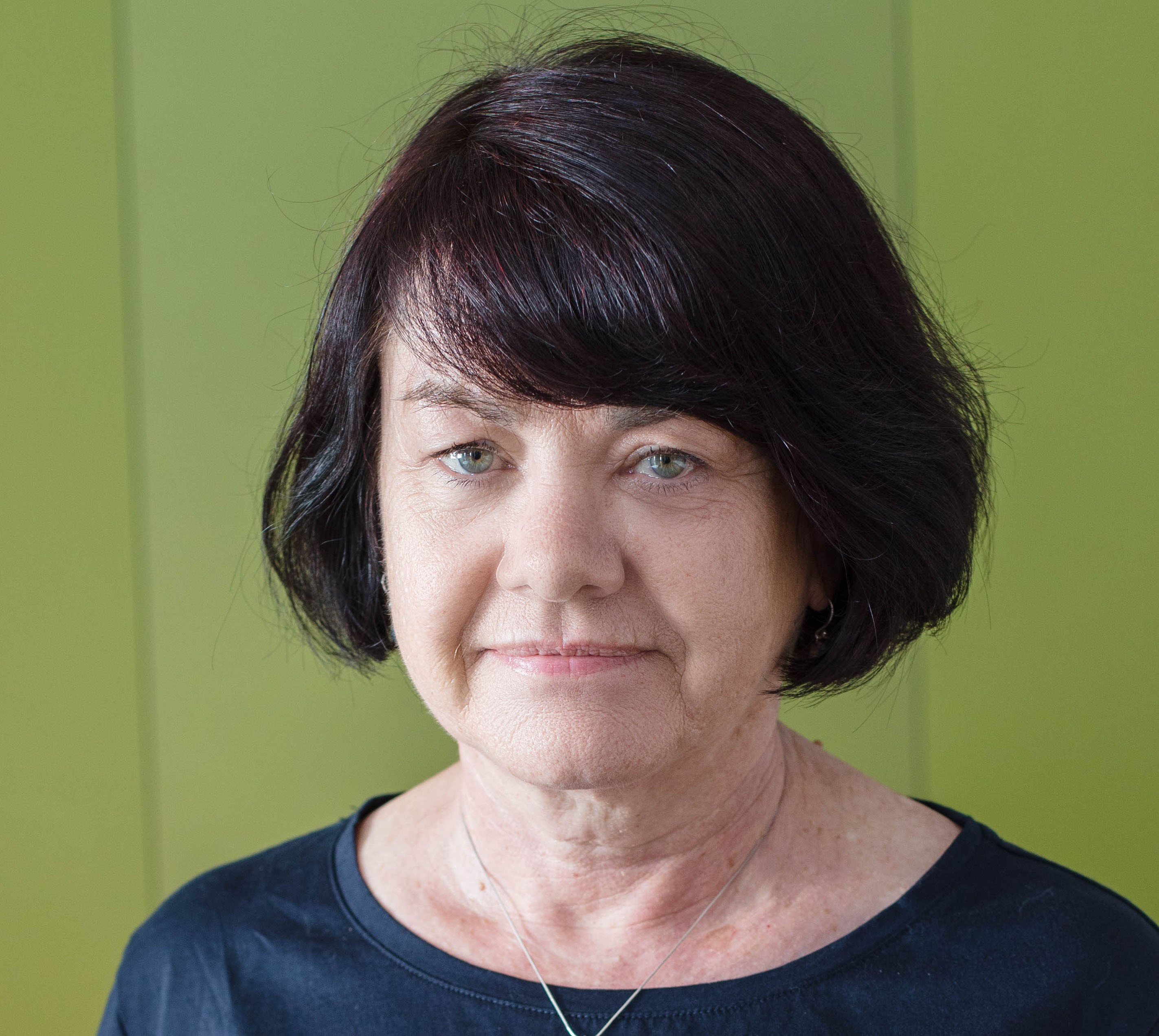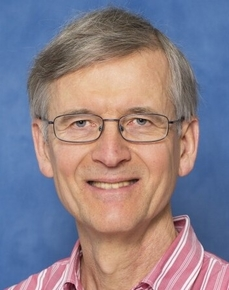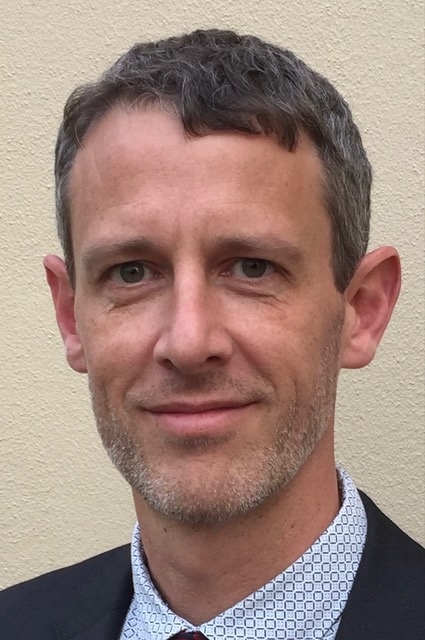|
ANS 2022 Presidential International Plenary 'Imaging synaptic changes in Alzheimer’s disease' Professor Tara Spires-Jones, University of Edinburgh |
|
 |
|
|
Tara Spires-Jones is Professor of Neurodegeneration at the University of Edinburgh where she is Deputy Director of the Centre for Discovery Brain Sciences and a UK Dementia Research Institute Group Leader. Her research focuses on the mechanisms and reversibility of neurodegeneration in Alzheimer’s disease, other degenerative brain diseases, and ageing. Working with a vibrant group of researchers, she is trying to understand why synapses and neurons become dysfunctional and die in these diseases in order to develop effective therapeutic strategies. Her work has shown that soluble forms of the pathological proteins amyloid beta and tau contribute to synapse degeneration, and that lowering levels of these proteins can prevent and reverse phenotypes in model systems. Further, she has pioneered high-resolution imaging techniques in human post-mortem brain and found evidence that these proteins accumulate in synapses in human disease. Tara Spires-Jones has published over 100 peer reviewed papers which have been cited over 13,000 times. In addition to her research, Prof Spires-Jones is passionate about communicating scientific findings to the public and policy makers; increasing the rigour and reproducibility in translational neuroscience; promoting inclusivity and diversity in science; and supporting career development of neuroscientists. She is founding editor of the translational neuroscience journal Brain Communications, a member of the Board of Reviewing Editors at Science, Section Editor a the European Journal of Neuroscience, and is on the editorial boards of Neuron and Cell Reports. She was also a founding member of the FENS-Kavli Network of Excellence, which works to promote the future of European Neuroscience. She served as a member of the Scottish Science Advisory Council from 2016-2019 advising the Scottish Government on science policy, and in 2018 was elected as a term Member of the European Dana Alliance of the Brain promoting public engagement with neuroscience. In 2021, Tara was appointed the president-elect of the British Neuroscience Association and will serve as president of this national society from 2023-2025. Prior to moving to Scotland in 2013, Tara Spires-Jones ran a group studying Alzheimer’s disease pathogenesis with an emphasis on synaptic pathology at Massachusetts General Hospital (MGH) and Harvard Medical School, where she was Instructor from 2006-2011 and Assistant Professor from 2011-2013. She completed graduate training (MSc and DPhil) at the University of Oxford from 1999-2003, and undergraduate training at the University of Texas at Austin from 1994-1999. |
|
|
ANS Plenary 'Deciphering the role of autism genes in cortical development: from stem cells to synapses' Professor Helen Cooper, Queensland Brain Institute |
|
 |
|
|
Professor Helen Cooper is the Deputy Director (Research) and Head of the Neural Migration Laboratory at the Queensland Brain Institute, The University of Queensland. She completed her PhD in the Department of Biochemistry and Molecular Biology at the University of Melbourne. She then pursued her postdoctoral studies at the Scripps Research Institute in San Diego, California, before establishing her own laboratory at the Walter and Eliza Hall Institute in Melbourne to study the molecular mechanisms governing the development of the neocortex. Her group has identified unexpected roles for axon guidance receptors in neural stem cell biology, neurogenesis and synaptogenesis. These studies have revealed that mutations in these receptors contribute to the aetiology of cortical malformations and have led to the identification of molecular signaling networks comprising genes implicated in autism and schizophrenia. |
|
|
Elspeth McLachlan Plenary 'Gene-environment interactions modulating brain function within and between generations' Professor Anthony Hannan, Florey Institute of Neuroscience and Mental Health, Melbourne |
|
 |
|
|
Professor Hannan received his undergraduate training and PhD from the University of Sydney. He was then awarded a Nuffield Medical Fellowship at the University of Oxford, where he subsequently held other research positions before returning to Australia to establish a laboratory at the Florey Institute. He has received various fellowships and awards and is currently a Theme Leader and Laboratory Head at the Florey Institute, University of Melbourne. Prof. Hannan and colleagues provided the first demonstration in any genetic animal model that environmental stimulation can be therapeutic. This has led to new insights into gene-environment interactions in various brain disorders, including Huntington’s disease, dementia, depression, schizophrenia and autism spectrum disorders. His laboratory at the Florey explores how genes and the environment combine via experience-dependent plasticity in the healthy and diseased brain. Their research includes models of brain disorders which involve cognitive and affective dysfunction, investigated at behavioural, cellular and molecular levels so as to identify pathogenic mechanisms and novel therapeutic targets. This has recently incorporated gut microbiome studies and the microbiota-gut-brain axis. Furthermore, in recent years his group has been exploring transgenerational epigenetic inheritance of acquired traits in response to paternal environmental exposures and experience. |
|
|
Lawrie Austin Plenary 'Understanding the brain through the nose' Professor John Bekkers, Eccles Institute of Neuroscience, Australian National University |
|
 |
|
| John Bekkers is a cellular neuroscientist who is well-known for his work on the neurophysiology of the primary olfactory (piriform) cortex. John completed his PhD at the University of Cambridge with Richard Keynes, working on squid axon, then spent five years as a postdoc in the United States with Chuck Stevens, first at Yale Medical School, later at the Salk Institute in San Diego. In the early 1990s John returned to Australia to take up a QEII Fellowship at the John Curtin School of Medical Research, ANU. He has worked on a range of topics, including long-term potentiation in the hippocampus, autapses in neuronal cultures, and synaptic integration in the neocortex. About 15 years ago he decided to focus on ‘the unfashionable end of the brain’ by studying the piriform cortex, and has helped to make the piriform a burgeoning area of research. John has also made important contributions to research training, helping to establish the Australian Course in Advanced Neuroscience (ACAN) and running ACAN for more than a decade. His service was recognised by the 2016 Award for Education in Neuroscience from the US Society for Neuroscience. John is currently Head of the Division of Neuroscience at ANU. | |
|
Eccles Plenary 'Neurosurgery on the experimental spectrum' Professor Christopher Lind, University of Western Australia |
|
 |
|
| Christopher Lind is a busy neurosurgeon who works in Perth, Western Australia. He studied at the University of Otago Medical School, gained experience in Boston, USA, worked as a young doctor in Auckland, including a research attachment in the neuroscience laboratory of Professor Mike Dragunow, and moved to Perth during his advanced neurosurgical training. He spent a short time in Bristol and Oxford, UK after fellowship and has enjoyed working in the Neurosurgical Service of WA with an academic secondment to the University of Western Australia. He was Director of Neurosurgical Training for some years and served on the Neurosurgical Society of Australasia training board and is an NSA Past-President. He has strong clinical and research interests in movement disorders, facial pain, cerebral hypo-perfusion, colloid cysts, stereotactic and cerebrovascular neurosurgery. Chris has a gait laboratory for studying movement disorder patients undergoing deep brain stimulation surgery and a microanastomosis laboratory for practising cerebral artery bypass. He has published on surgical techniques in stereotaxy, neuro-endoscopy and microsurgery. He has trained neurosurgical registrars and UWA higher degree students in microsurgery and clinical research methods. Chris is very interested in how practical physiologic-anatomical reasoning and experimental data interact in producing neurosurgical decisions. That is, the nature of neurosurgical judgement. | |
